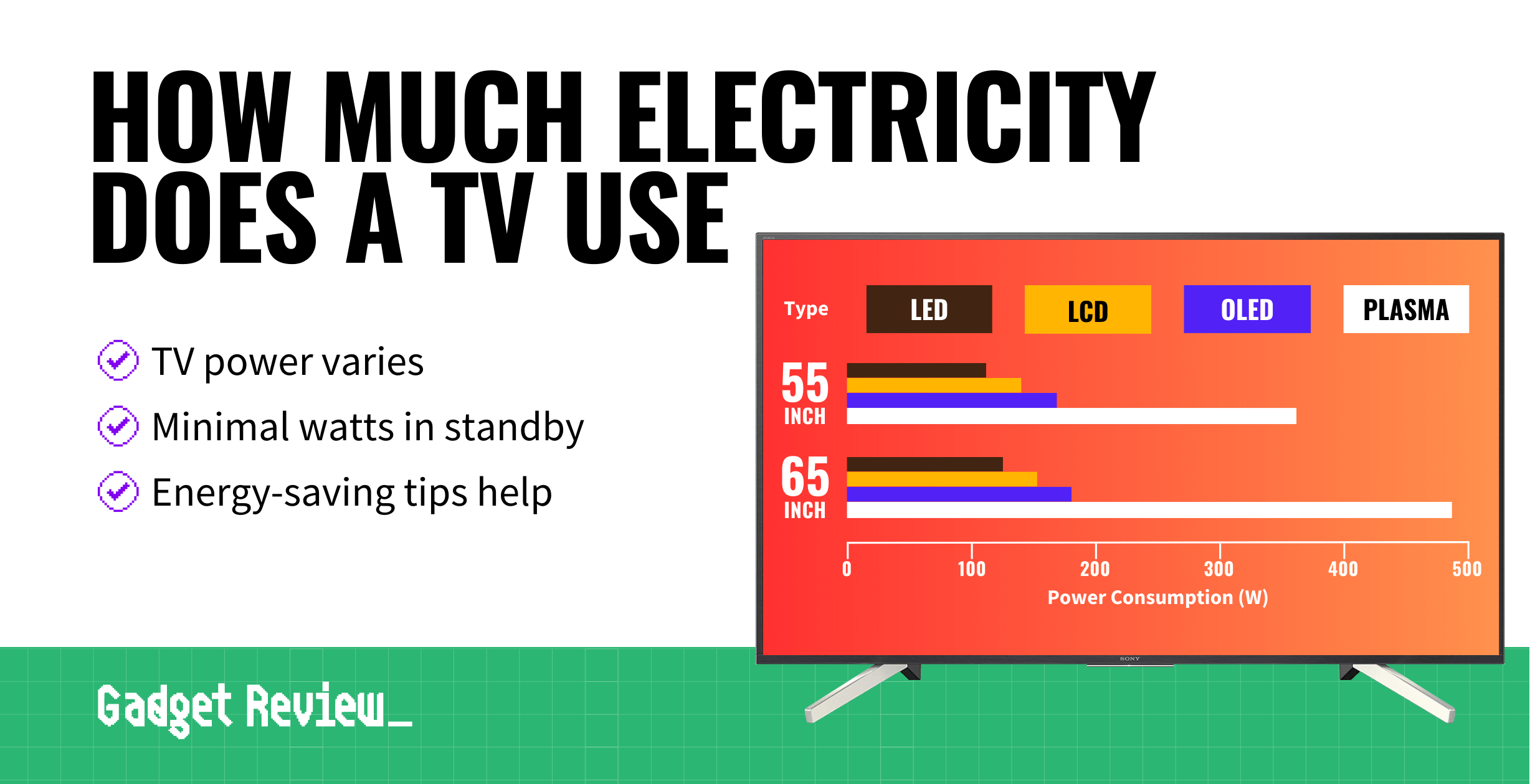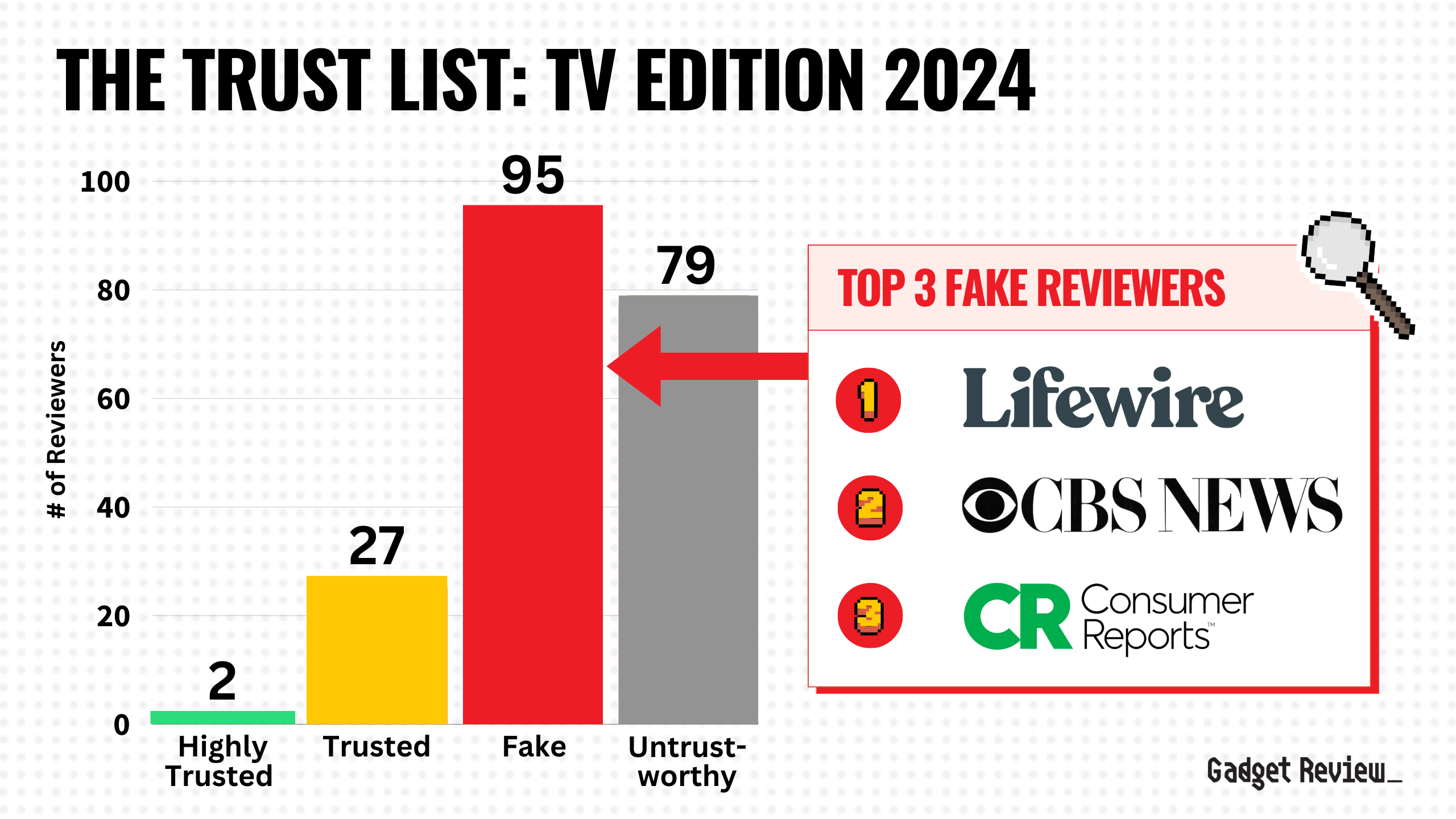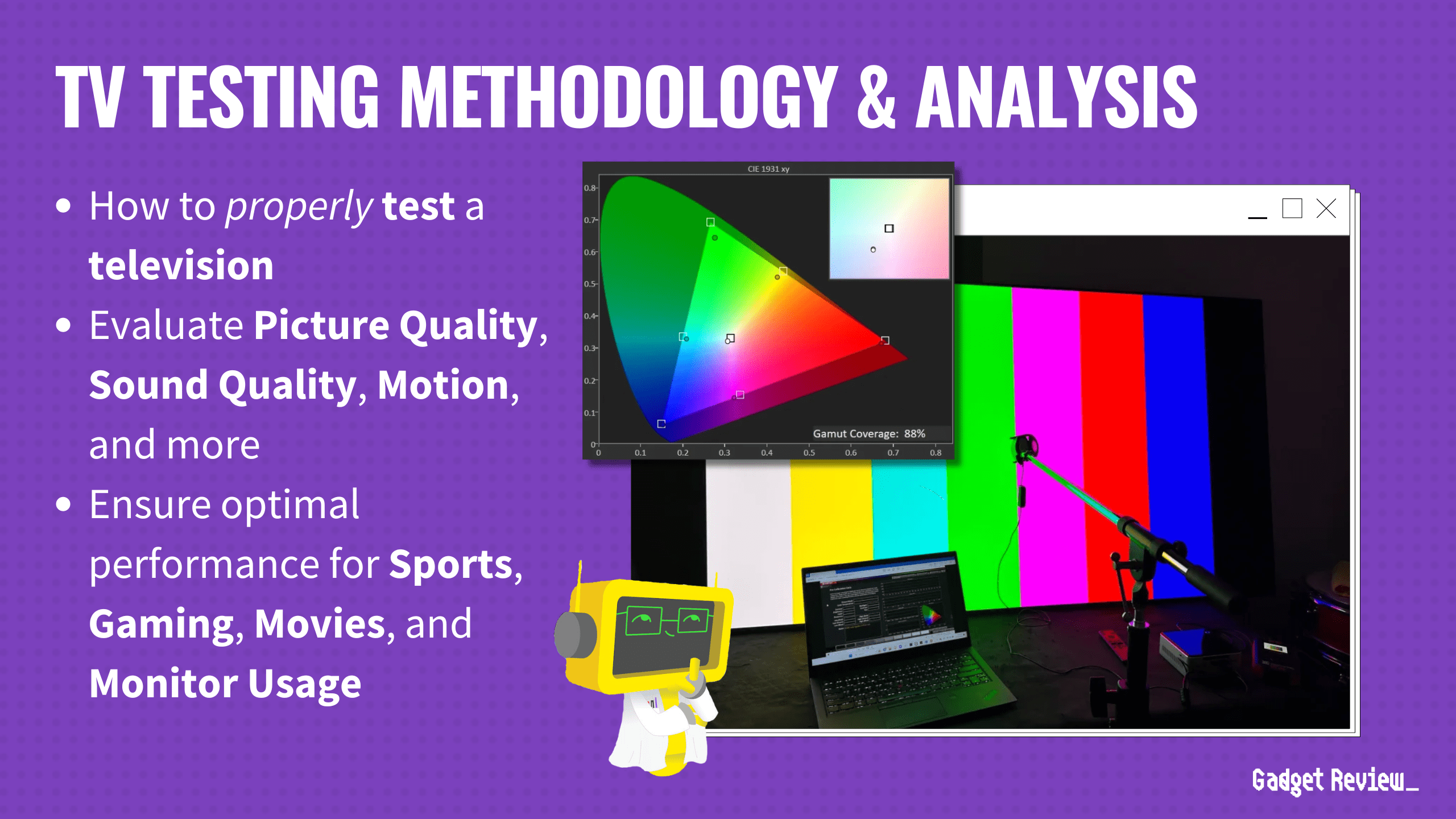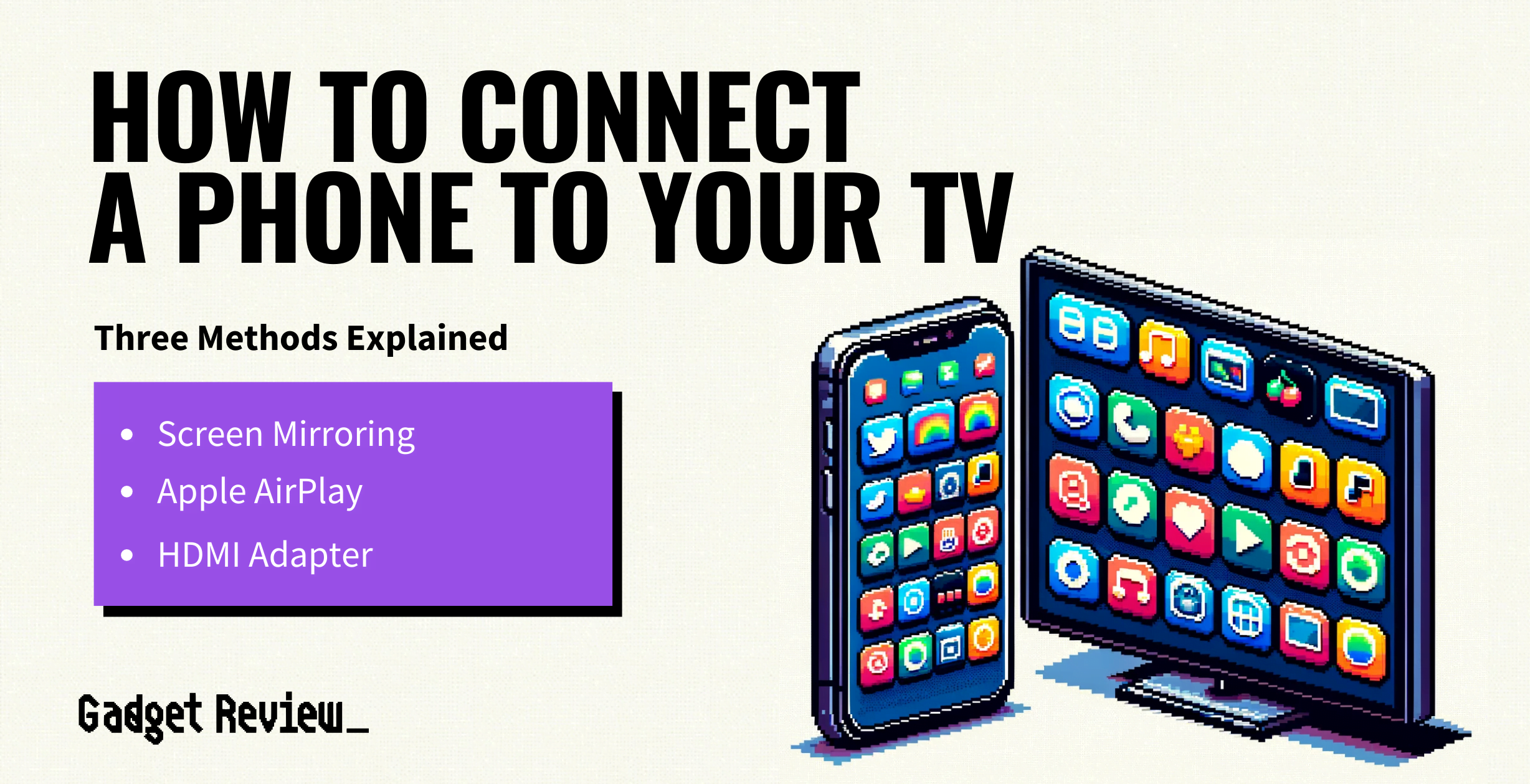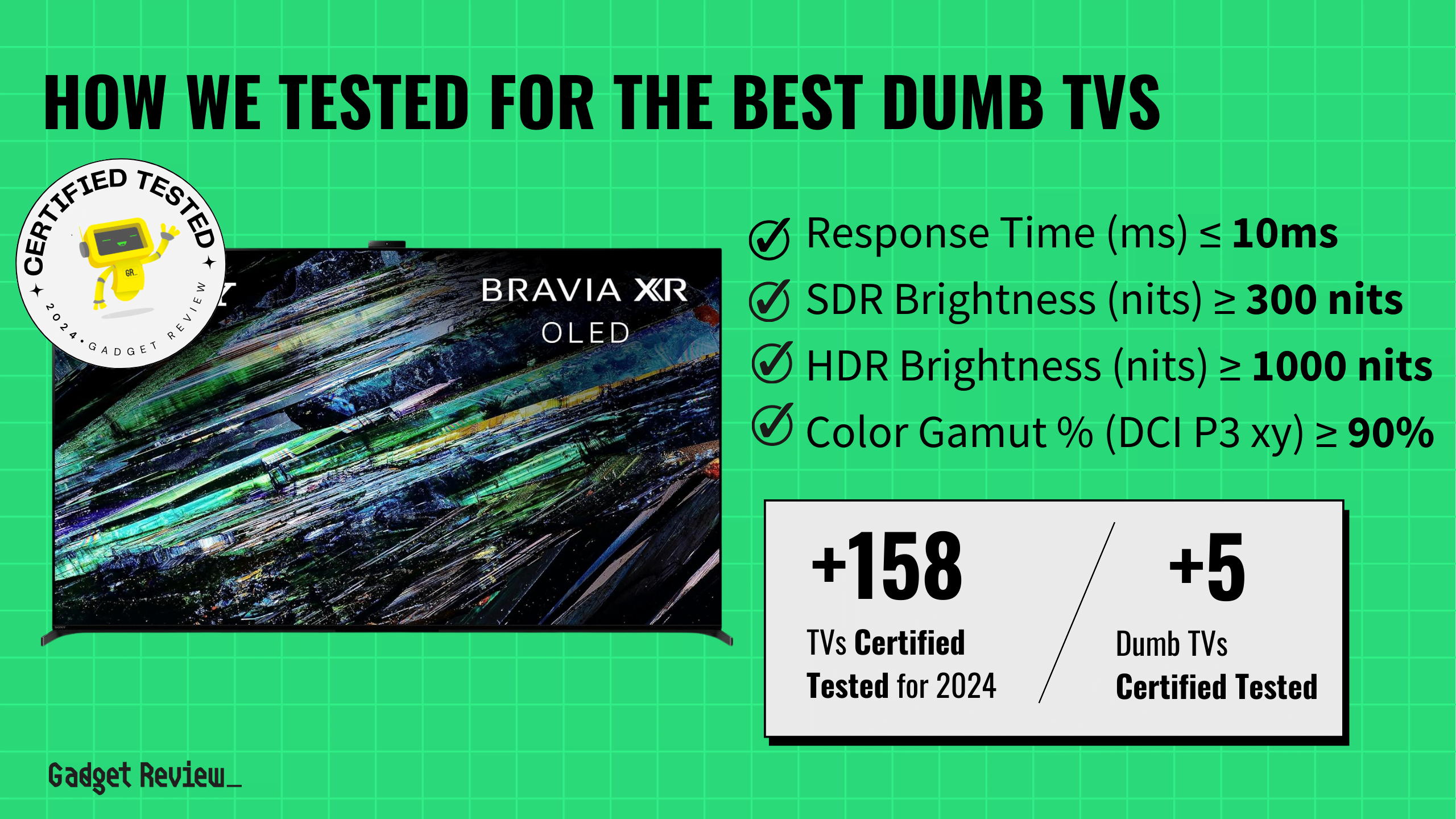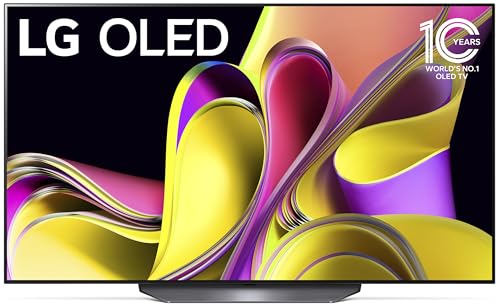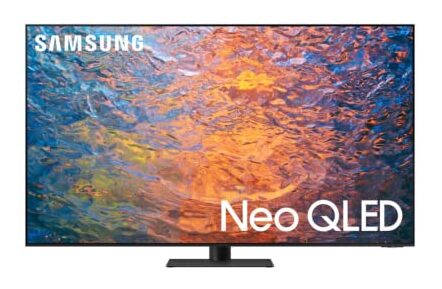In many households, the TV can significantly impact electricity bills. This article explores the power consumption of different TV types, highlighting how their wattage influences monthly costs.
Here’s an approximate breakdown of power consumption for the most commonly purchased TV sizes:
| Size | Type | Power Consumption (W) |
|---|---|---|
| 55-inch | LED | 100-120 |
| 55-inch | LCD | 120-140 |
| 55-inch | OLED | 150-170 |
| 55-inch | Plasma | 300-370 |
| 65-inch | LED | 120-140 |
| 65-inch | LCD | 140-160 |
| 65-inch | OLED | 170-190 |
| 65-inch | Plasma | 370-500 |
Keep in mind that these are approximations. Wattage usage varies between brands, and when using idle mode or in the case of OLEDs, they don’t emit any light with dark scenes.
Different TV Types and Their Energy Consumption
- LED TVs: These models use light-emitting diodes for brighter displays and better energy efficiency than traditional LCD TVs. They come in three types: edge-lit, full-array, and direct-lit, with the full-array providing even backlighting and higher contrast.
- LCD TVs (Liquid Crystal Display): These use a liquid crystal solution between two glass panels, lit by fluorescent lights. While they’re affordable, their contrast and color accuracy may lag behind other models.
STAT: In 2009, the California Energy Commission required all manufacturers to design TVs that used 49% less power by 2013- also meaning many more received Energy Star certification. (source)
- OLED TVs (Organic Light Emitting Diodes): These have self-lighting pixels producing light and color, offering exceptional contrast and color accuracy. Their self-lighting pixels deliver superior image quality encased in a slim design, but at a premium cost.
- Plasma TVs: Though now discontinued, these create images by ionizing gas into plasma, which then emits light through phosphors. Known for their accurate colors and wide viewing angles, they risk screen burn-in and are no longer produced.
How Much Power Does a TV Use: Is It Excessive?
Older TV models consumed more electricity, raising energy bills. Modern LCD and LED TVs are energy-efficient, using about 50 to 100 watts based on their size.
- A 55-inch LED TV typically consumes around 80 watts/hour.
- LED TVs are favored for their ultra-thin design, making them the slimmest TV option. They also vary in size.
- An OLED 60-inch TV consumes about 107 watts/hour.
How Much Power Does Your TV Use in Standby Mode?
In standby mode, modern TVs consume about 1.3 watts on average, facilitating quick start-ups and preserving settings.
STAT: Energy Star certified TVs have been shown to use an average of 25% less electricity (source)
Depending on the TV’s tech specs and size, this power usage can vary between 0.5W to 3W.
Understanding How Much Power Your TV Uses: Effective Strategies
- Switch off when idle: A straightforward yet effective strategy is to turn off the TV when not in use. Even in standby, it consumes energy.
- Tweak brightness and contrast: Many TVs are preset with high brightness and contrast. Lowering these can conserve energy without sacrificing image quality.
- Leverage energy-saving modes: Contemporary TVs often come equipped with energy conservation features. Activate these to cut down on power usage.
- Consider an upgrade: If you own an older model, think about upgrading to a newer, energy-efficient variant. TVs with the ENERGY STAR certification are particularly energy-conscious.
STAT: Standby mode in TVs generally uses 2.25% to 5% of the power used when a TV is being used (source)
The amount of power a TV uses is determined by its type, size, and technology. Contemporary TVs, especially LED and OLED models, are notably more energy-efficient than older Plasma versions.
By understanding your TV’s power usage, you can not only save on costs but also contribute to a greener environment.


